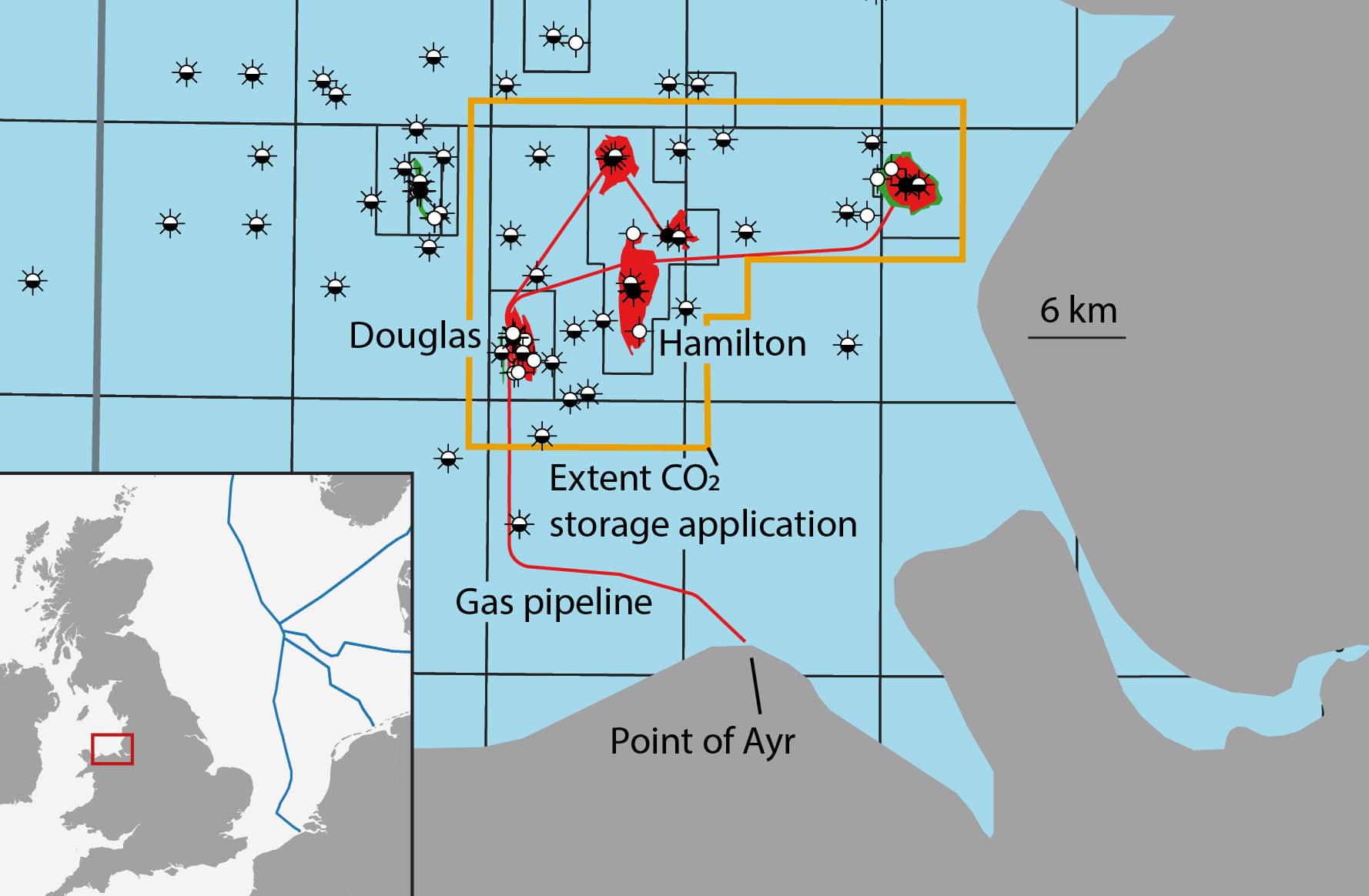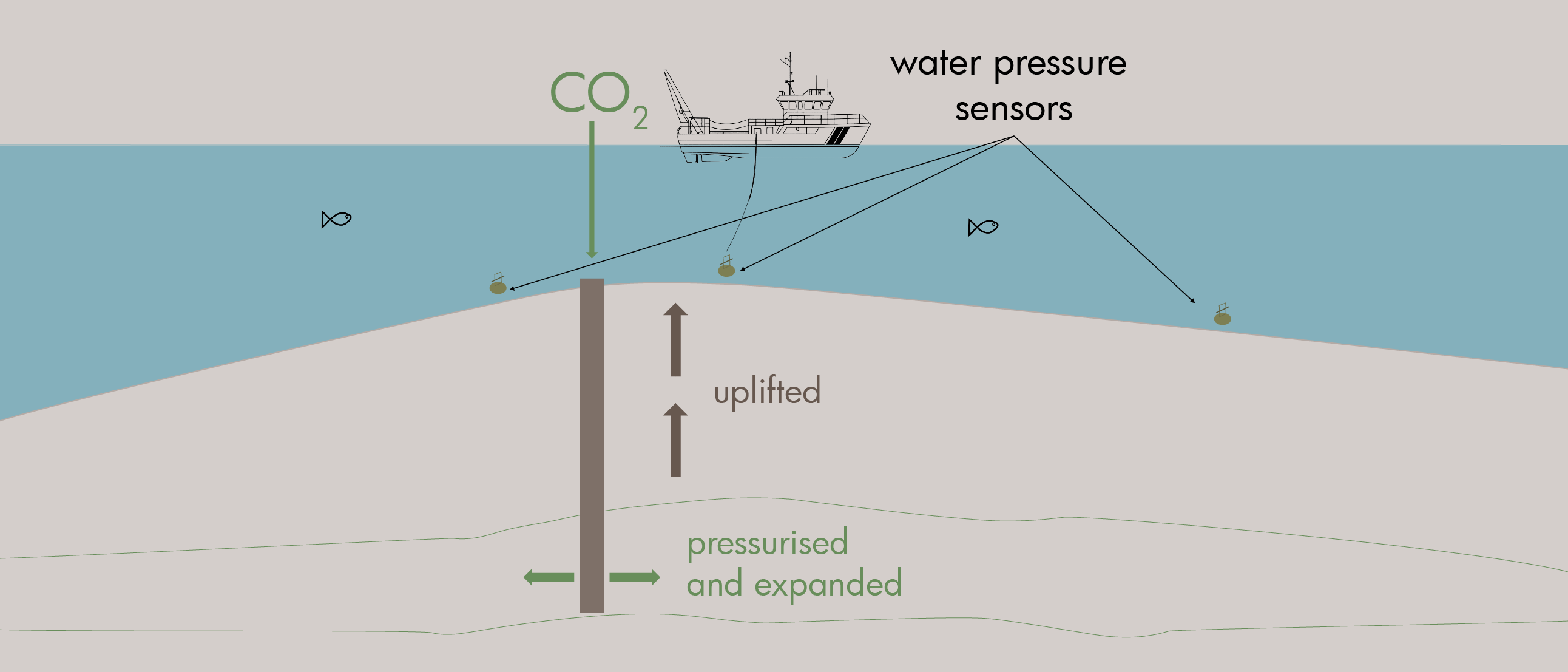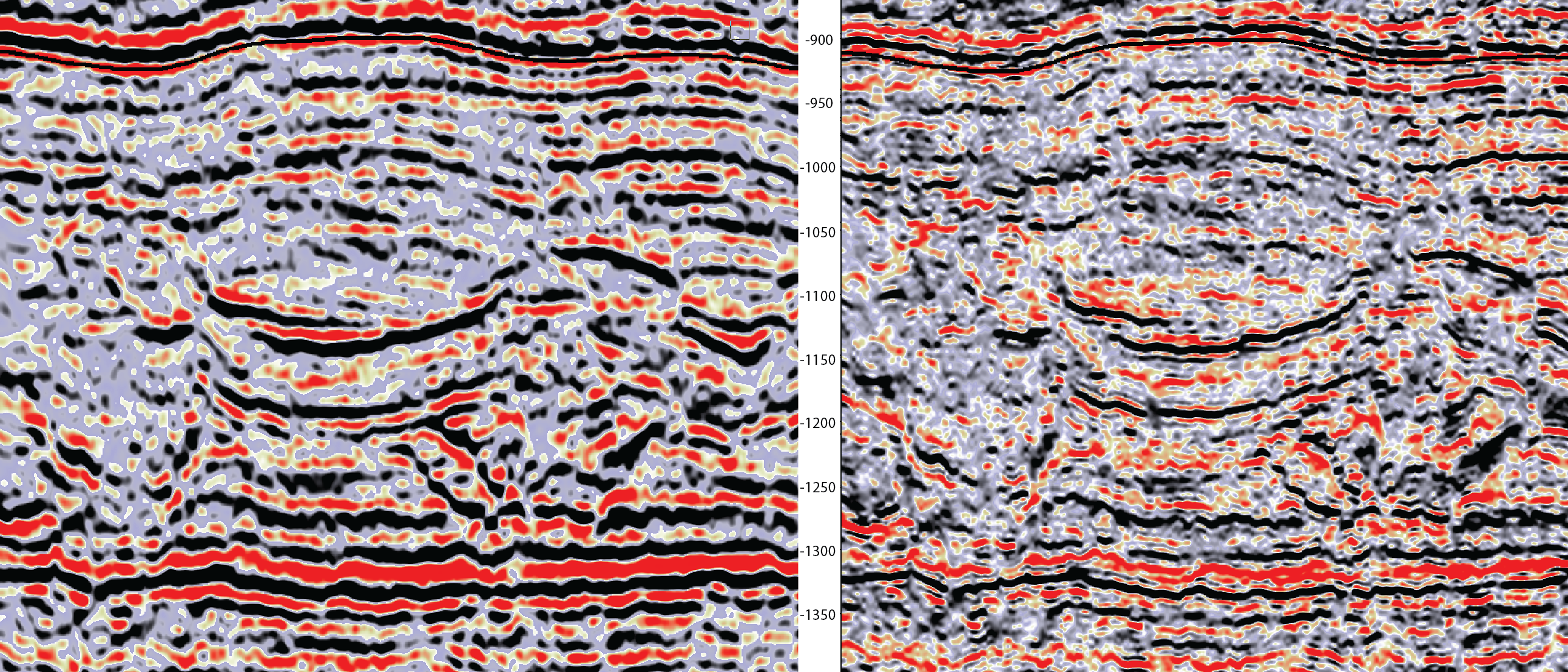Whilst we recently reported on plans from Equinor and partners to store CO2 in a Triassic aquifer in the Southern North Sea, on the 22nd June 2020 the OGA announced to have received an application for storage and appraisal to the west of the UK.
The licence covers an area that hosts two oil and four gas accumulations, which suggests plans to store the CO2 in one of these fields. Although there is no mention of the applicant in the document, a simple web search for initiatives in the area quickly earmarked the North West Hydrogen Alliance (HyNet North West) as a likely candidate. Although the media department was not available to confirm the application, the website states that the Alliance has set out an option for deployment of Carbon Capture and Storage through the use of the Liverpool Bay oil and gas fields.
The HyNet North West project website also states that the Hamilton gas field in the Liverpool Bay cluster is the most cost-effective candidate for storage. A study performed by the Energy Technologies Institute in 2016 estimated that more than 100 Mte (million tonnes) can be stored in the field that is currently operated by ENI.
The Hamilton field produces gas and some oil from Triassic reservoirs of the Sherwood Sandstone, the most important reservoir in this area. The field has got four well penetrations. Production started in 1997, peaked at 45000 boe/day in 2001 and continues at a rate of a little bit more than 1000 boe/day. So far, just over 114 mmboe has been produced from the field and cessation of production is expected within the project cycle of the HyNet North West project.
Gas from Hamilton is transported through a pipeline to the Douglas field first; from where it is sent onshore to the Point of Ayr processing plant in North Wales.
HENK KOMBRINK





